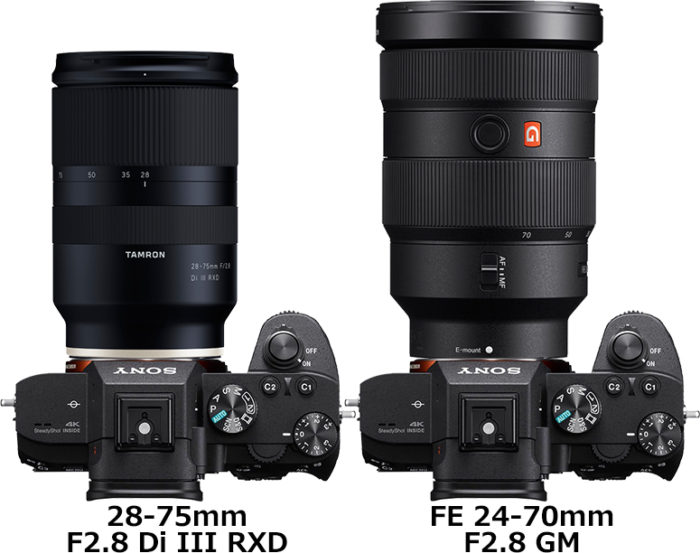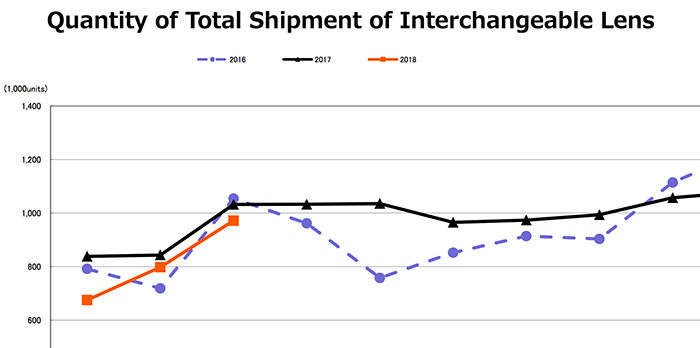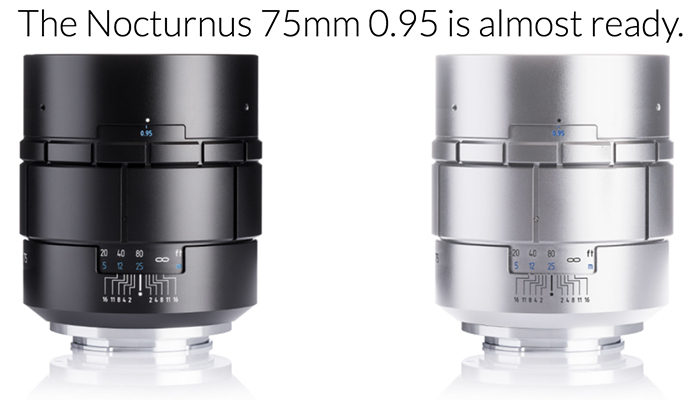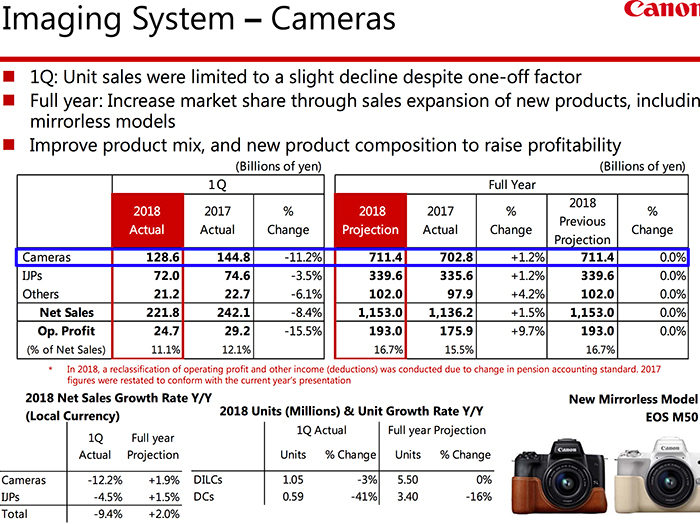Tamron makes big splash by pricing the new 28-75mm FE lens at just $799

Size comparison via Photosku
The new Tamron 28-75mm FE lens is now available for preorder:
In the US at BHphoto, BuyDig and Adorama for $799.
in the EU at WexUK, Fotokoch for 829 Euro or 699 pounds.
And it seems like the excitement on the new lens is big. Also because Tamron said this lens has the Sony GM quality but actually costs 1/3 of the Sony!!!



